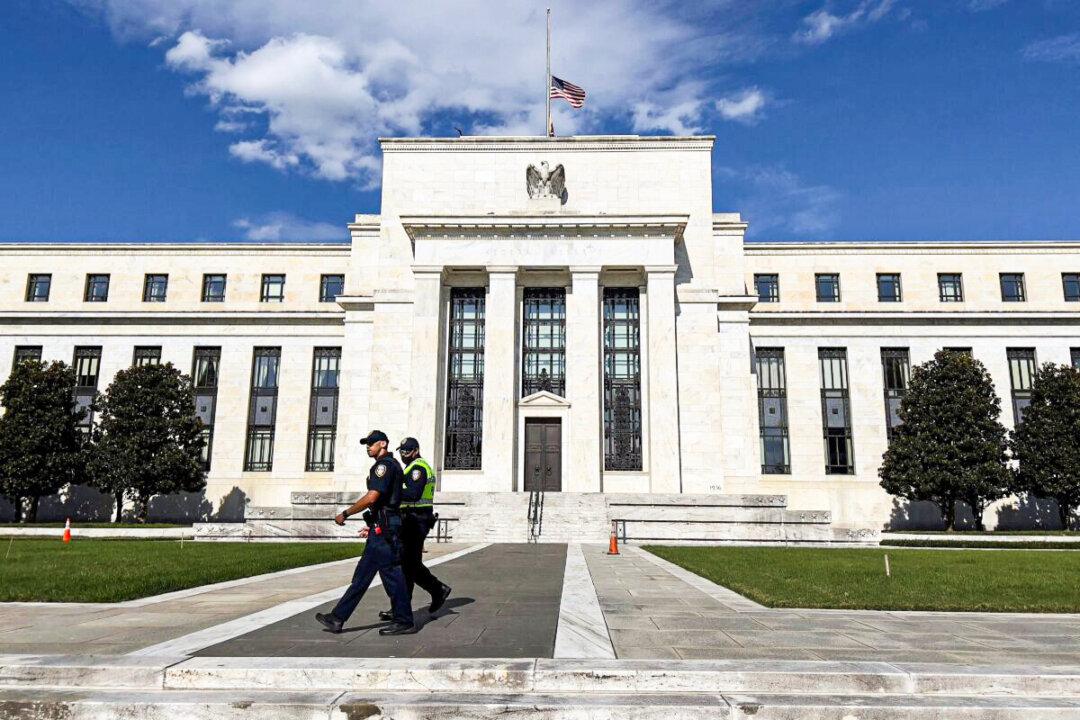Supply chain snarls are “more of a symptom than a cause” of surging inflation, with the key factor driving up prices being massive government spending on pandemic emergency programs that caused demand to balloon against a backdrop of squeezed supply, according to former Federal Reserve Bank of Richmond President Jeffrey Lacker.
“Simple sayings are often misleading, but in this case, the old adage ‘Too much money chasing too few goods’ is right on target,” Lacker told VCU News in a recent interview, in which he shared his take on the factors behind soaring U.S. inflation, which in the year through March hit 8.5 percent, a 41-year high.





